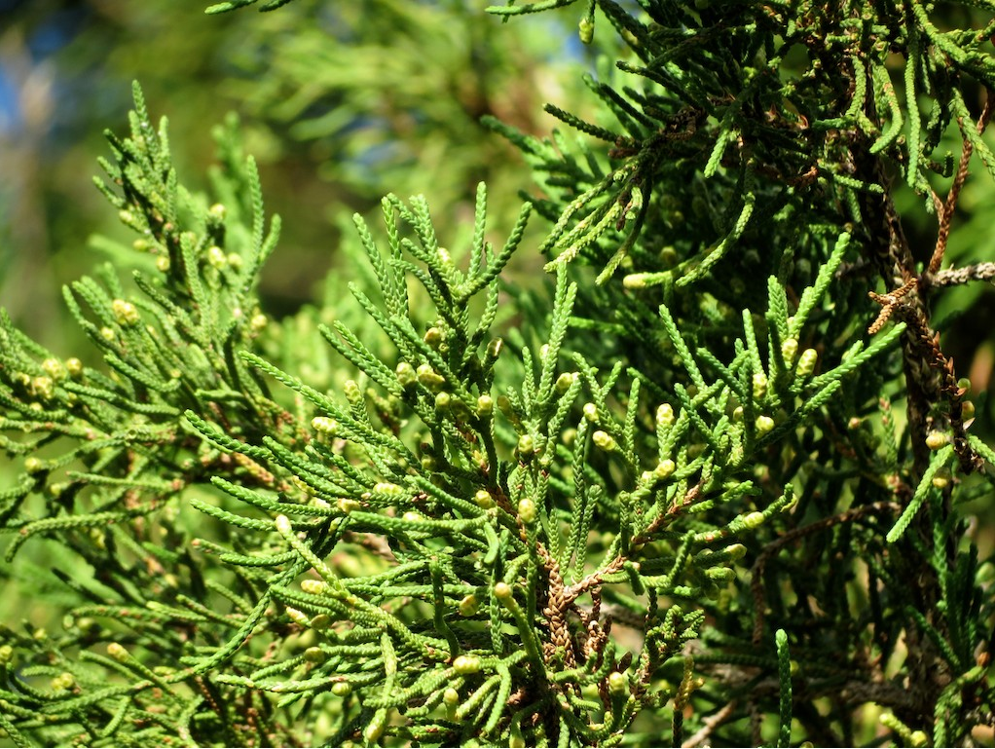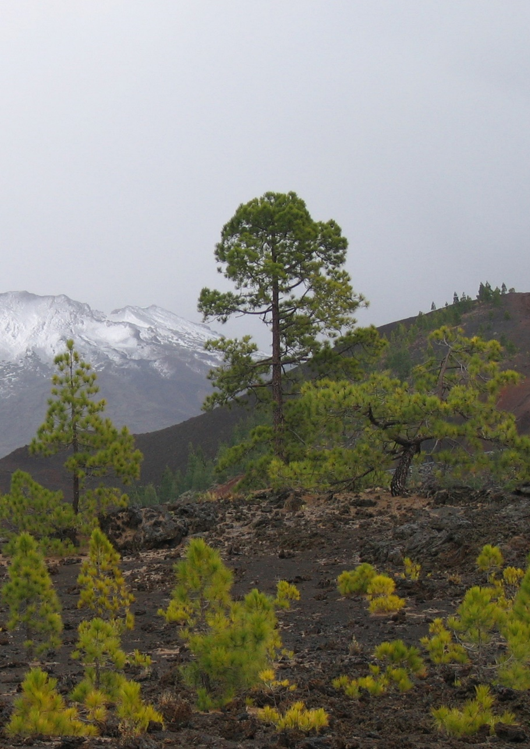- A quarter of 55 conifer species native to islands are likely to go extinct by 2070 due to climate change, researchers from Brown University write in a new study.
- The researchers looked at where these species are living and thriving outside their native climatic ranges, to study their climatic tolerance in a more comprehensive way.
- Island conifers are keystone species, playing a vital part in maintaining the ecosystem and ensuring the survival of other species that depend on them.
- If the conifers in an ecosystem go extinct, the entire nature and composition of species found in that place could change dramatically.
Pines, firs, junipers, cedars — the world’s magnificent conifers have adapted to survive in unique landscapes and adverse environments, from snowy mountains and drought-ridden lowlands, to small, lonely islands.
But some of these same island conifers, known to require little maintenance once established, may now be on the road to extinction due to climate change.
Researchers from Brown University in the U.S. found that several conifers native to small islands across the globe are likely to become extinct by 2070, even in better-case scenarios. Their study, published in Nature Climate Change, shows that the risk of extinction increases rapidly on islands smaller than 20,000 square kilometers (7,700 square miles) — the size of Massachusetts’ land area.
“Our work shows that species native to relatively small islands are in a lot of danger from climate change, and relatively soon,” study co-author Dov Sax, deputy director of the Institute at Brown for Environment and Society, said in a statement.
Studying 55 island species of fir, cedar and pine, Sax and colleagues discovered that a quarter of them likely face extinction due to global warming, based on forecasts from the Intergovernmental Panel for Climate Change (IPCC).
Understanding climatic effects
Conifers are an ancient group of trees in the class Pinophyta, and many species have survived significant climate changes previously. Indeed, conifers are known to survive, sometimes even thrive, in various climatic conditions, but the current pace of climate change may be too much for several species.

Sax and his team chose to go against the traditional way of assessing risk, which is to look at a species’ native climatic range, assume that’s only what the species can withstand, and look for ways to conserve the species in its habitat. Instead, they collected information on where these conifer species are living and thriving outside their native climatic ranges, because conifers are popular among gardeners and landscapers worldwide, often outside their native habitats.
“This is important because it means that it’s easier to study the climatic tolerance of these species in a more comprehensive way,” Sax says.
Using the data they collected from parks and gardens, researchers made up three climate niches for all species: the realized, the fundamental, and the tolerance niche.
The realized niche represents the native climatic range of the species where the trees can maintain a healthy population. The fundamental niche includes the climatic conditions where the species can reproduce enough to only just sustain a population. Finally, the tolerance niche is where the trees can survive, but not reproduce enough to sustain a population. The realized niche would have the healthiest populations, while the tolerance niche would eventually lead to the species’ extinction.
Categorizing each species into these niches helped the scientists decide the next steps for conservation. They juxtaposed the niches with IPCC predictions to determine how close each species is to extinction.

The study highlighted three conifers: the Canary Island pine (Pinus canariensis), the Bermuda cedar (Juniperus bermudiana), and the Norfolk Island pine (Araucaria heterophylla). The scientists say they expect the Canary Island pine to remain secure in its fundamental niche. The Bermuda cedar, on the other hand, is already being pushed out of its tolerance niche, which means it will likely not survive for long on its native island of Bermuda. The Norfolk Island pine, from the South Pacific, will potentially face climatic conditions that are somewhere in between its fundamental niche and tolerance niche. In this case, with some human intervention, the reproduction of these pines can be maintained to keep them from being pushed to extinction.
Most conifers, especially island ones, are keystone species in their ecosystems: they play a vital part in maintaining the ecosystem, and the survival of other species depends on them. If the conifers in an ecosystem go extinct, the entire nature and composition of species found in that place could change dramatically.

Remote conservation chances
Preserving habitats, removing introduced pests, or anything that can be done to combat climate change could help conserve these species in the wild. Sax says that more elaborate irrigation strategies might be considered in some extreme cases, although this is unlikely to be a long-term plan.
A potential solution is ex situ or captive conservation, according to researchers. These trees don’t have to remain insular species. Sax says breeding the trees in botanical gardens and parks away from their native habitats is far from the perfect conservation strategy. However, he says it may be an important step to take to keep some species from total extinction.
There are ways the trees may find new habitat other than by intentional translocation of selected species. Study co-author Kyle Rosenblad, a research student in Sax’s lab, says there will be many cases of what he calls “unmanaged relocation” in the next few decades. This occurs when a species that is cultivated in a new area escapes into the wild and produces a new “insurance population” that could survive climate change. Rosenblad points to the Bermuda cedar as an example.
“The species is currently capable of surviving on Bermuda but probably cannot thrive in the wild at a cooler, higher latitude location like Maine. However, as both Maine and Bermuda get warmer over the next few decades, Bermuda may eventually become too hot, but, by then, the conditions in Maine could be just right,” he says.

Many conservation biologists are already talking about translocating species intentionally. Meanwhile humans couldn’t stop some cultivated plants from escaping into the wild even if we wanted to.
“It may make sense to regard these unmanaged relocation events as no-cost conservation tools,” Rosenblad says.
This means that we will have to keep an eye on non-native species that may turn out to be harmfully invasive, either through ecological health or economic harm.
“However, given that escape events are going to happen anyway, it will make sense to monitor their progression, and to devote limited control resources only to those populations that are actually becoming invasive,” Rosenblad says.
Losing conifers and changing ecosystems
Conifers are not just keystone species, but umbrella species as well. If protected, they can help to extend protection to other, less charismatic species. As the climate changes everywhere, certain species may shift to take up space in new, suitable environments, as in the case of the Bermuda cedar. This may consequently lead some of the smaller dependent species to shift, too.
“Climate change is likely to have a pervasive impact on the world’s species. The fact that conifers will be impacted by changes in climate should help people to realize how pervasive this threat is to biodiversity,” Sax says.

Citation:
Rosenblad, K. C., Perret, D. L., & Sax, D. F. (2019). Niche syndromes reveal climate-driven extinction threat to island endemic conifers. Nature Climate Change, 9(8), 627-631. doi:10.1038/s41558-019-0530-9
This story is part of Covering Climate Now, a global collaboration of more than 300 news outlets worldwide to strengthen coverage of the climate story.